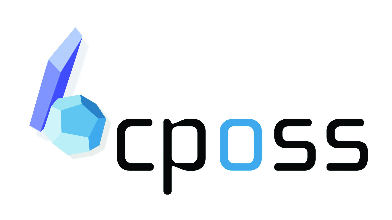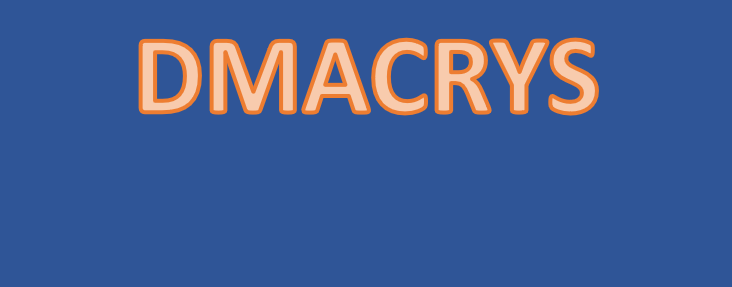




Comparing powder patterns
There are 2 codes available on Xenon for comparing powder patterns. CalculateSimilarity works from a crystallographic file (.cif or .res for example). ComparePatterns works from a powder pattern (2 column data).
CalculateSimilarity
This is run from
/home/pk/UTILITIES/CalculateSimilarity/bin/CalculateSimilarity
The useage is
CalculateSimilarity -cif|-csd|-mol|-mol2|-pdb|-res file1 -cif|-csd|-mol|-mol2|-pdb|-res file2 [-l 2.0] [-2theta_start 5.0] [-2theta_end 30.0]
For example
CalculateSimilarity -cif file1.cif -cif file1.cif
The important answer is the first number of the 5 numbers given. If you swap the order of the files, this number will stay the same, while some of the other numbers are swapped over.
Run the programme without any options set, including the filenames, and it will give you more details on what the options mean and the references to the works.
ComparePatterns
This is run from
/home/pk/UTILITIES/ComparePatterns/SOURCES/compare.x
The useage is (for example)
compare.x file1.pp file2.pp
There are optional flags you can use - just run the programme without the filenames afterwards and it will tell you what flags you can use and what they mean.
You can only use 2 column data, that has been generated in the same way. If you use a pattern generated from Mercury, there is a line at the top that contacins the wavelength - you should delete this before running ComparePatterns. If you compare an experimental pattern with a calculated pattern, you need to generate the calculated pattern very carefully. Panos knows more about this, so you should probably speak to him. The default is to compare across all 2theta vaules found.
Discrepacy between the two methods
The discrepancy is generally 0.01 in a range of 0.0 to 1.0, i.e appr. 1%. The reason of the discrepancy is that there are many decisions that Panos had to take to develop the algorithm:
- the resolution of the patterns
- more importantly the type and extend of peak broadening to apply
- the accuracy with which the autocorrelation integral is computed
- other minor factors
Panos does not know the exact settings in the CCDC's code and hence it is impossible to obtain perfect agreement. Nevertheless the discrepancy is sufficiently low that he was satisifed that everything had been done correctly.
© UCL Chemistry Department 2022. This page was last updated on 17 August, 2022. If you have any problems with this page please email the WebMaster